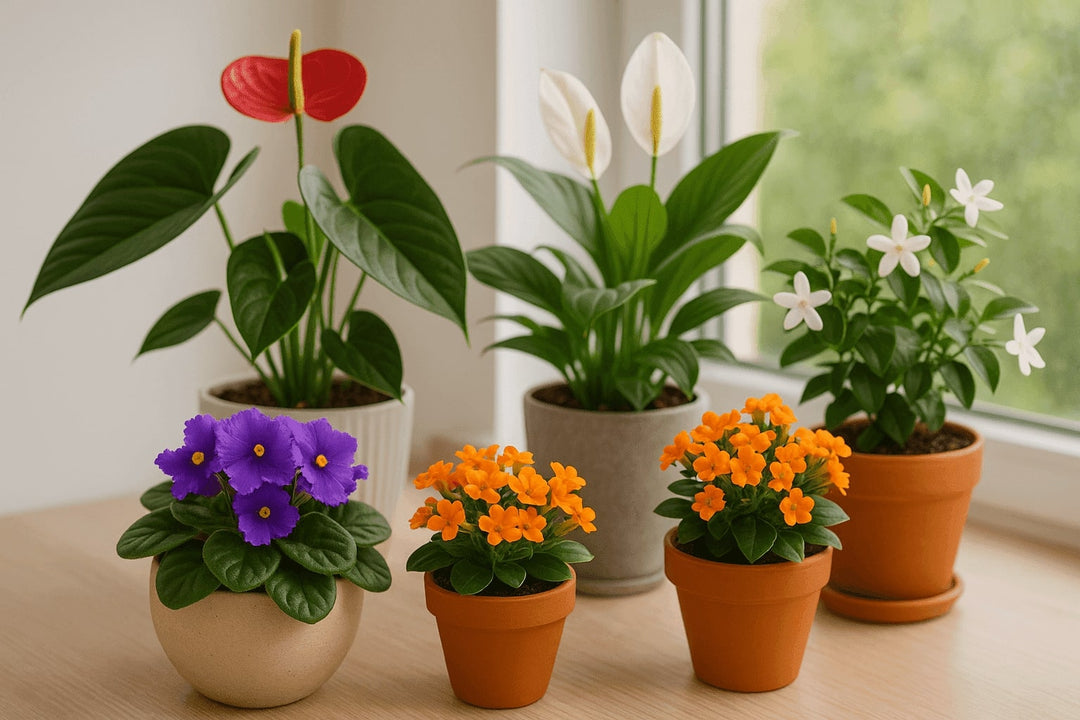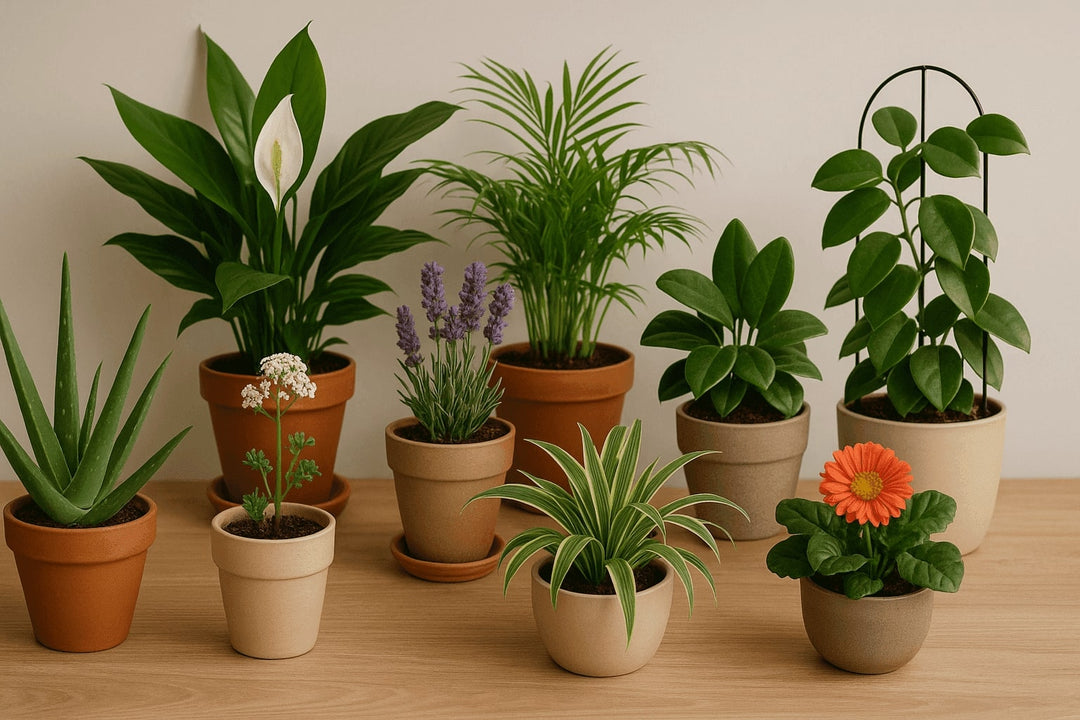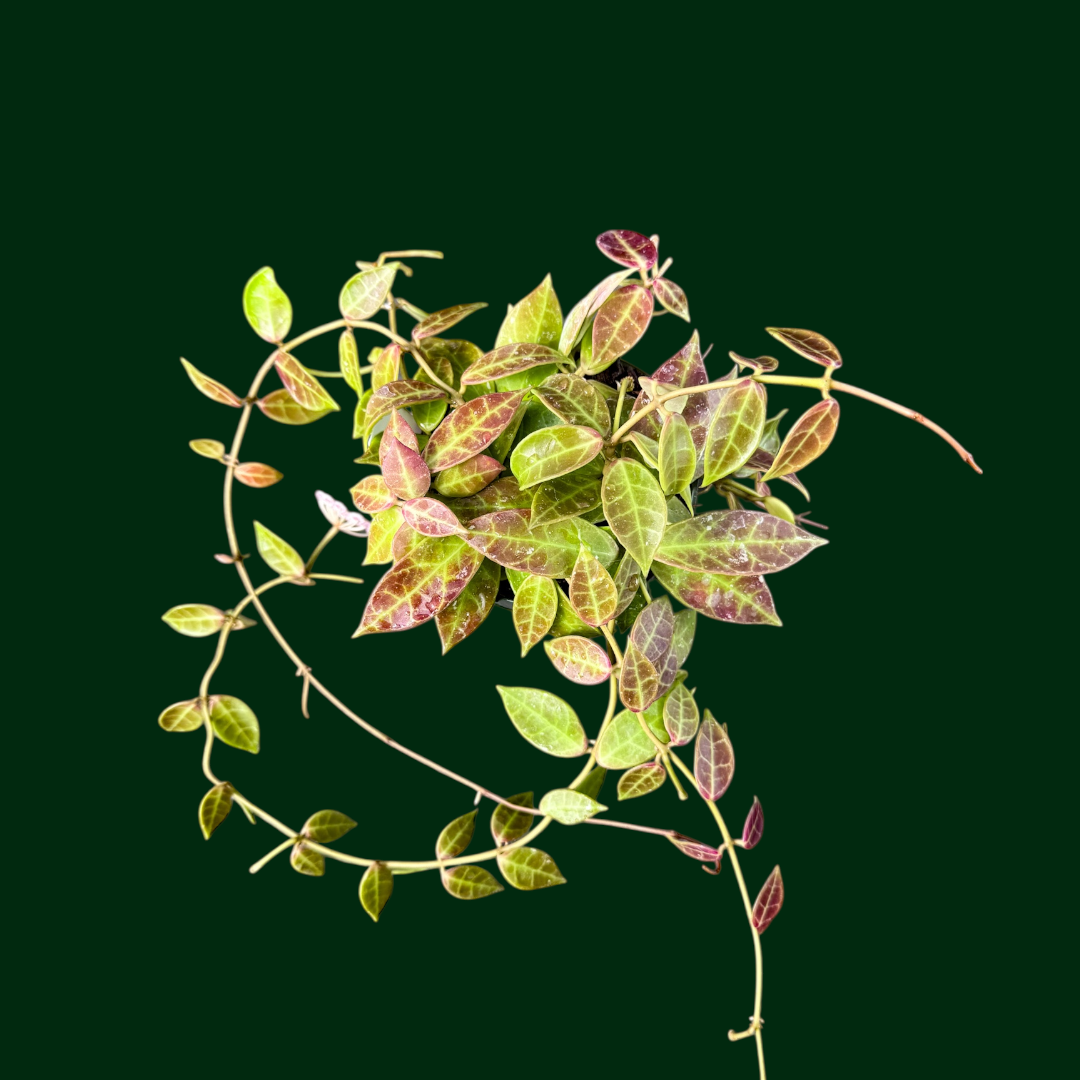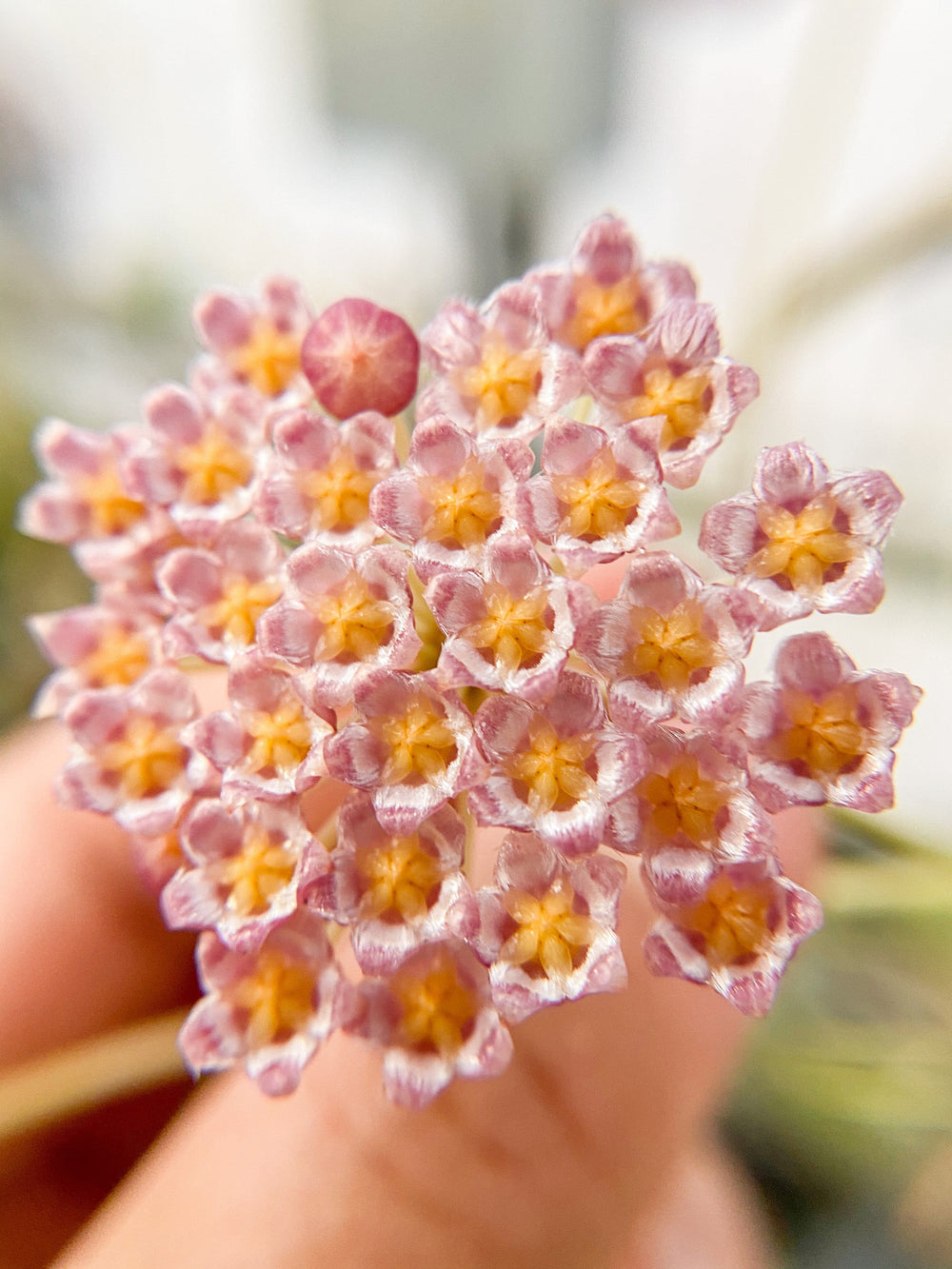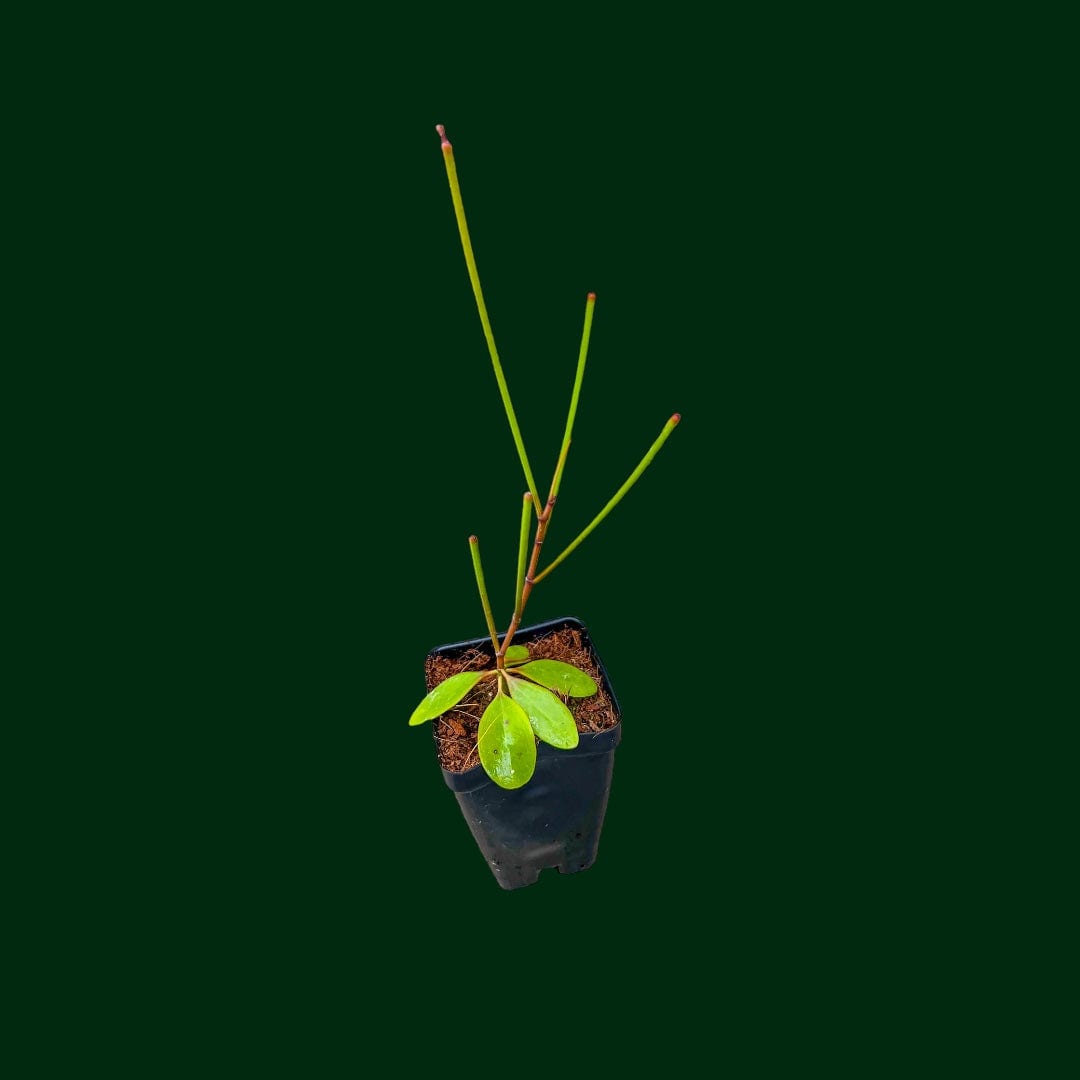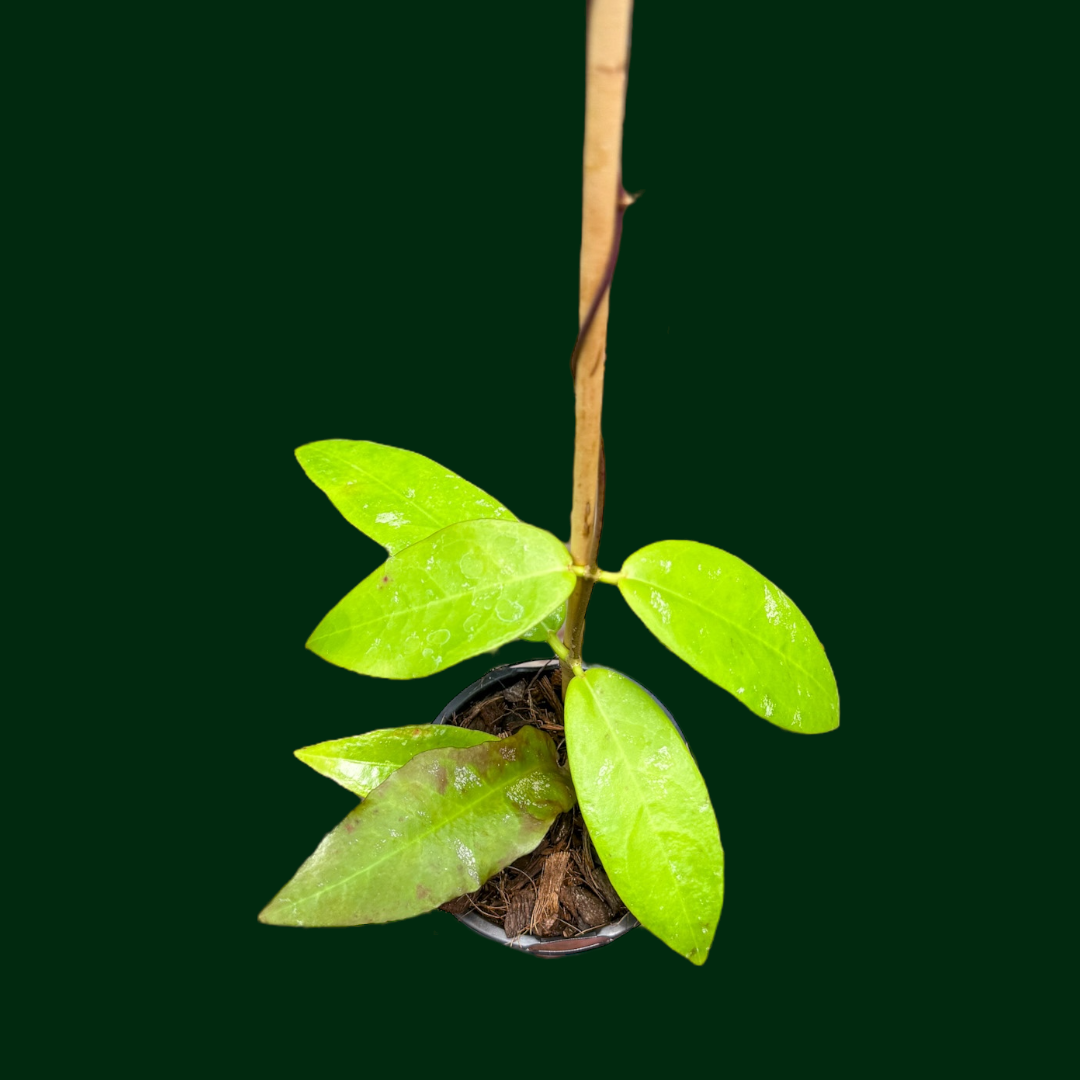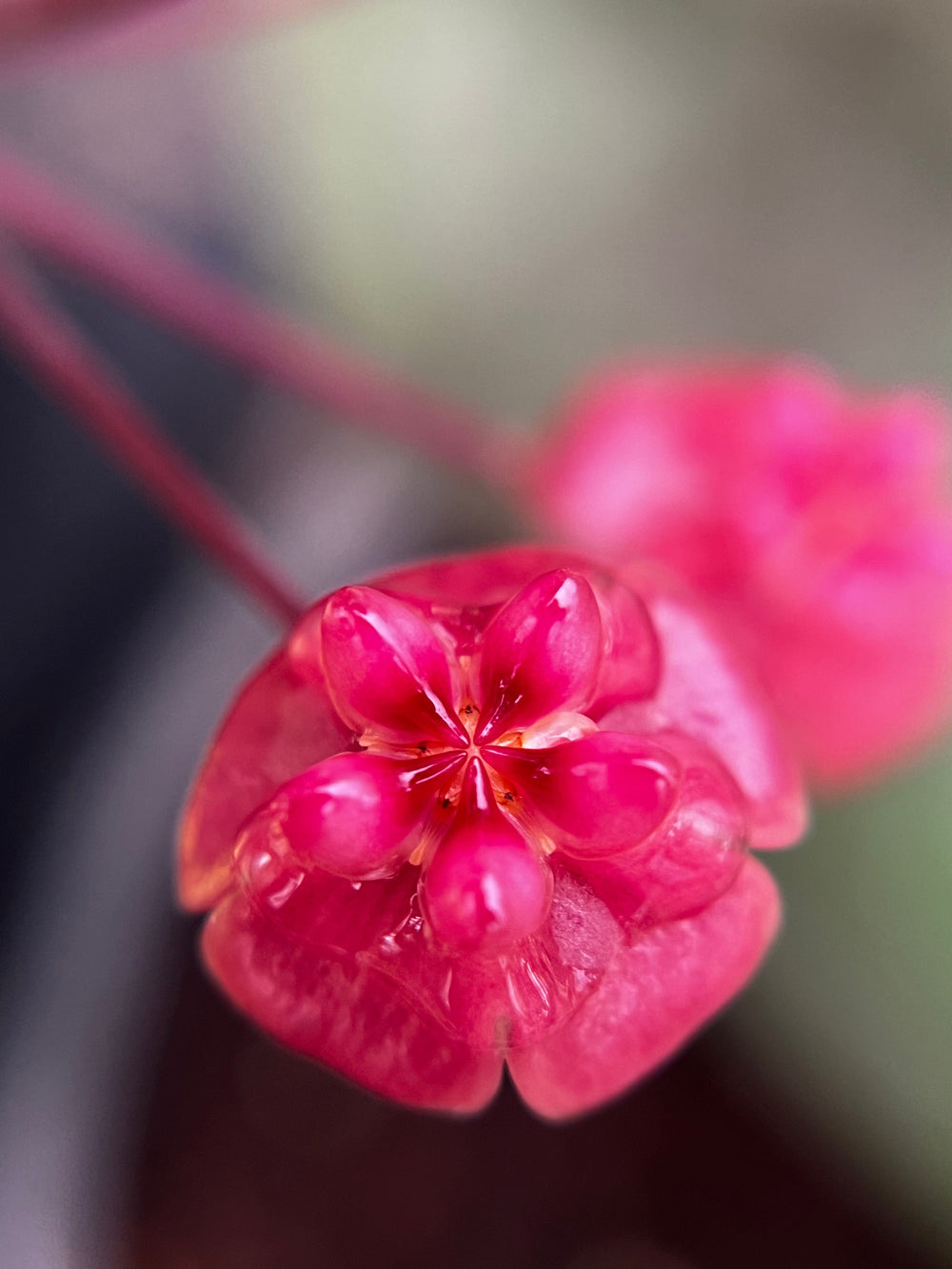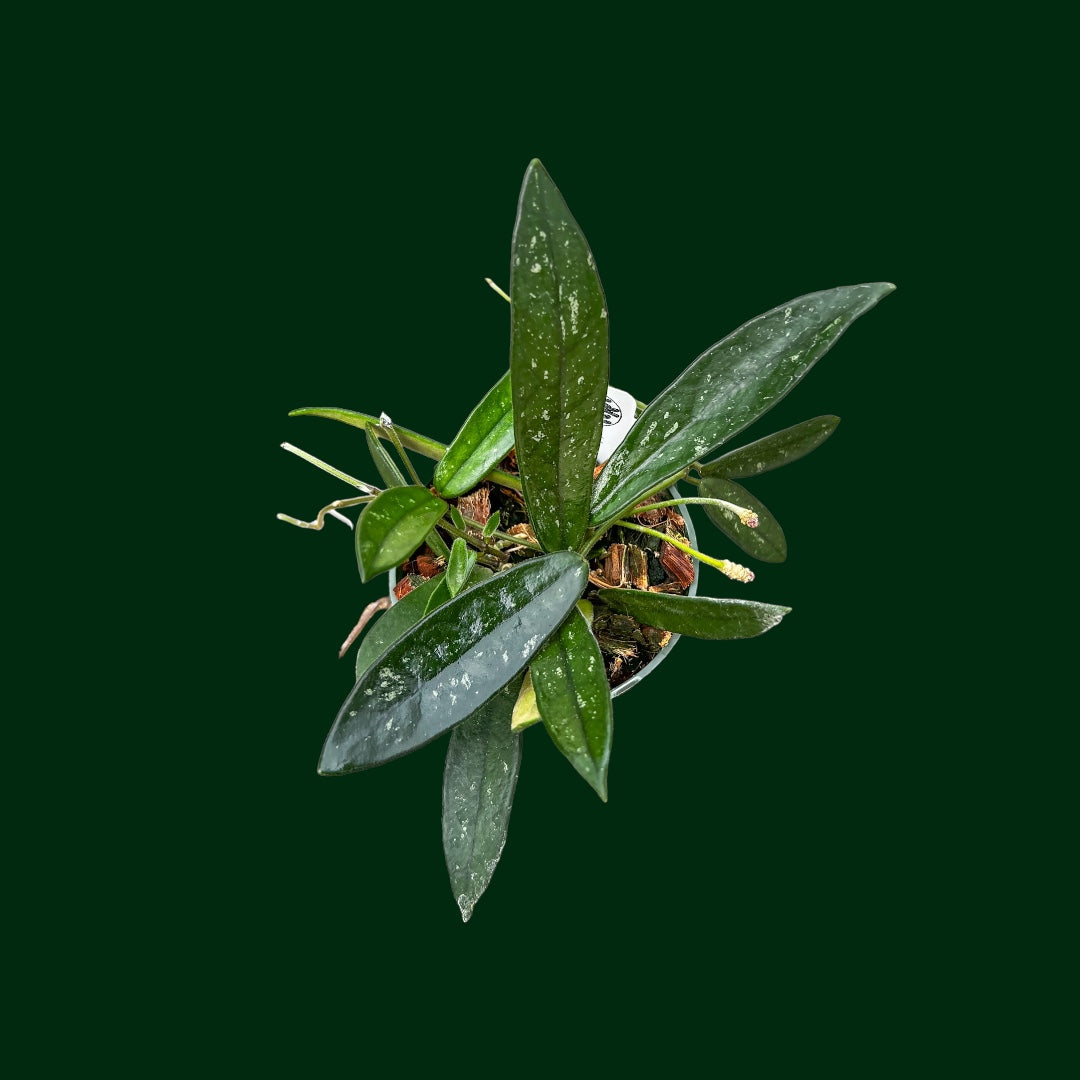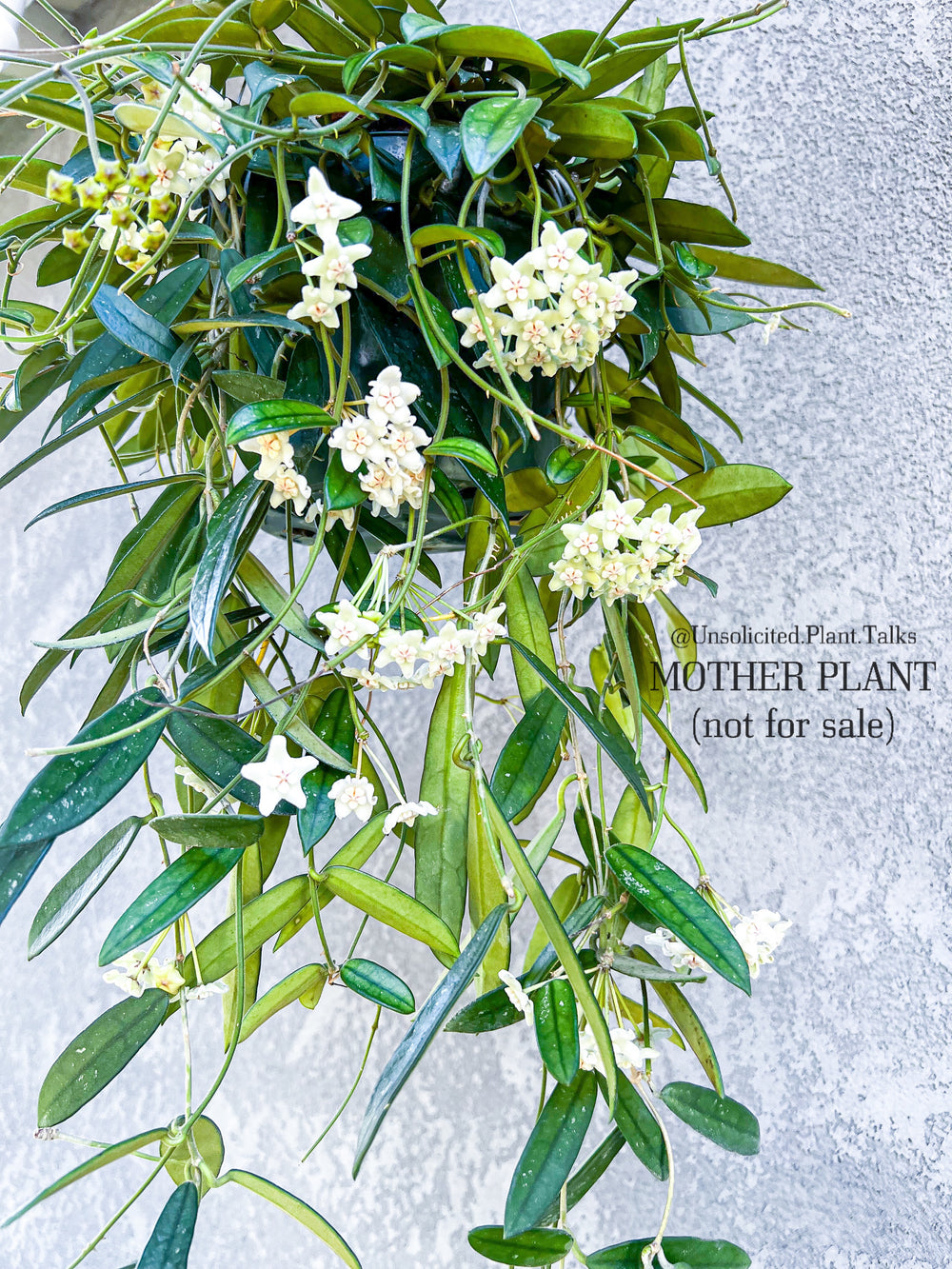How to Make Hoya Bushier?
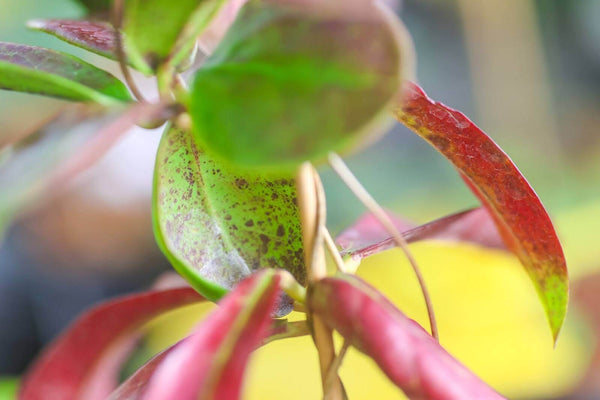
Table of Contents
- What Is a Hoya Plant?
- What Factors Influence Bushy Growth of Hoyas?
- Techniques for Promoting Bushier Growth of Hoyas
- Watch for Pests and Diseases
- Be Patient and Consistent
- The Bottom Line
The Hoya plant, cherished for its waxy leaves and delicate flowers, is a beloved addition to any indoor garden. Whether you're a seasoned plant enthusiast or a novice gardener, the desire to cultivate lush, bushy growth in your Hoya is a common goal. Fortunately, achieving a fuller, more robust Hoya is entirely feasible with the right techniques and care. In this guide, we'll explore the strategies and tips to help your Hoya thrive and achieve its fullest potential.
What Is a Hoya Plant?
Before diving into techniques for promoting bushier growth, let’s talk about the Hoya plant's natural growth habits. Hoyas are native to tropical regions and belong to the Apocynaceae family. They typically grow as epiphytes, clinging to trees in their natural habitat. In cultivation, they're often grown in hanging baskets or containers. Hoyas are characterized by their succulent, fleshy leaves and clusters of waxy flowers that bloom in various colors, depending on the species.
Some popular types of Hoyas include the Hoya latifolia, prized for its broad, glossy leaves and intricate, fragrant flowers that often display shades of white, cream, or pink. Another beloved variety is the Hoya kerrii, often called the "Sweetheart Hoya" due to its heart-shaped leaves, and the Hoya lacunosa - appreciated for its compact growth habit and charmingly fragrant blooms, which feature a unique shape and often carry a sweet scent.
What Factors Influence Bushy Growth of Hoyas?
Several factors influence the bushiness of a Hoya plant:
- Light: Adequate light is crucial for Hoya growth, but too much direct sunlight can lead to leaf burn. Provide your plant with bright, indirect light, which is ideal for encouraging compact, bushy growth.
- Temperature and Humidity: Hoyas thrive in warm, humid conditions. Consistent temperatures above 60°F (15°C) and moderate to high humidity levels mimic their natural habitat and promote healthy growth.
- Soil and Potting: Well-draining soil is essential for preventing root rot in Hoyas. You can use coco husk, or a mix of peat moss, perlite, and orchid bark to provide the ideal balance of moisture retention and drainage. Additionally, Hoyas prefer slightly snug pots, which can help concentrate growth and promote bushiness.
- Watering: Overwatering is a common issue with Hoyas and can lead to root rot. Allow the soil to dry out slightly between waterings, and water thoroughly when you do. Hoyas are drought-tolerant plants and prefer to be underwatered rather than overwatered.
- Fertilization: Hoyas benefit from regular fertilization during the growing season (spring and summer). Every month, apply balanced liquid fertilizer diluted to half strength to support healthy growth. Avoid fertilizing during the dormant season (fall and winter).
Techniques for Promoting Bushier Growth of Hoyas
Now that we understand the factors that influence Hoya growth, let's explore how to care for a Hoya plant to encourage bushiness:
- Pruning: Regular pruning is perhaps the most effective way to promote bushier growth in Hoyas. By pinching back the stems you can encourage branching and stimulate new growth. Focus on pruning leggy or overgrown stems, cutting just above a leaf node to encourage branching.
- Training: Training your Hoya to grow in a particular direction can help create a fuller, more compact plant. Use small stakes or trellises to support the vines and guide their growth. As the plant grows, gently wrap the vines around the support structure to encourage bushiness.
- Propagating: Propagating Hoyas is not only a way to increase your plant collection but also an opportunity to rejuvenate the parent plant. Taking stem cuttings and rooting them in water or a well-draining potting mix can produce new, bushy growth. Once rooted, transplant the cuttings into individual pots, and they will develop into full-fledged plants.
- Root Pruning: If your Hoya has become root-bound, consider root pruning during repotting. Gently loosen the root ball and trim away any circling or damaged roots. Repot the plant in fresh soil, and it will have room to grow and develop a bushier habit.
- Provide Support: As Hoyas grow, they may become top-heavy or leggy. Consider supporting your plant with stakes or trellises to prevent it from becoming lopsided and encourage a more balanced, bushy appearance.
Watch for Pests and Diseases
While promoting bushier growth in your Hoya, remain vigilant against common pests and diseases that can hinder its development. Mealybugs, spider mites, and aphids are among the pests that may target your Hoya, sucking sap from the leaves and causing stunted growth.
Make sure to regularly inspect the foliage and stems to detect potential pest infestations early. If pests are present, treat the plant with insecticidal soap or neem oil, following the instructions carefully to avoid damaging the plant.
Additionally, maintain good air circulation around the plant and avoid overwatering to prevent fungal diseases, such as powdery mildew and root rot, which can also impede bushy growth.
Be Patient and Consistent
Remember that cultivating a bushier Hoya is a process that takes time and consistency. While implementing the techniques mentioned above can certainly encourage growth, it's essential to be patient and allow the plant to develop at its own pace. Consistent care, including regular watering, fertilizing, and pruning, will ultimately lead to a fuller, more vibrant Hoya.
By maintaining a nurturing environment and providing the support and attention your plant needs, you'll be rewarded with a beautiful, bushy Hoya that brings joy and beauty to your indoor space for years to come.
The Bottom Line
Cultivating a bushier Hoya is a rewarding endeavor that requires patience, care, and attention to detail. By understanding the plant's natural growth habits and implementing the right techniques, you can encourage lush, compact growth in your Hoya. From pruning and training to proper watering and fertilization, each step plays a crucial role in promoting bushiness and ensuring your Hoya thrives for years to come. With dedication and a little green-thumb know-how, you'll soon enjoy the sight of a flourishing, bushy Hoya gracing your indoor garden.



